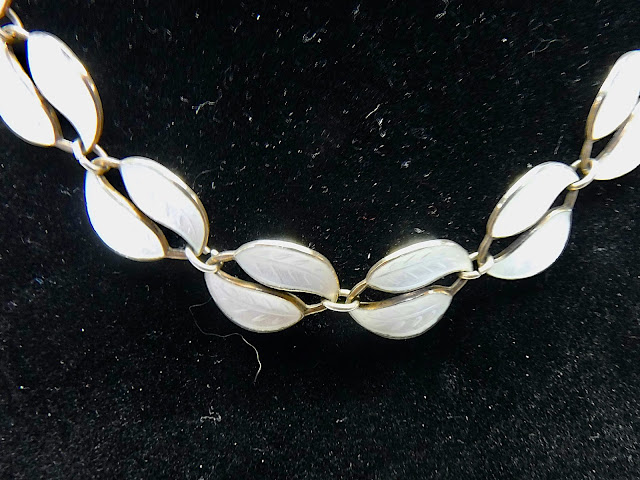Next-to-New is Austin's oldest consignment shop, founded in 1959 as an outreach ministry of St. David's Episcopal Church. We are the only nonprofit consignment store in Austin. Our profit goes to local charities and helps restore St. David’s Historic Church, an Austin icon on the National Register of historic places. Located at 5435 Burnet Road, our carefully curated and constantly changing inventory comes from donations, consignments, and estates.
Thursday, August 25, 2022
Gleaming Guilloche
Thursday, August 18, 2022
Like Father, Like Daughter
Annie Tolliver (1950-2018) was inspired by her father. As a child, she loved to draw, but dropped out of school in the ninth grade to marry and start a family. Originally, Annie worked with her father, painting in his style and using his signature, but in 1990, encouraged by an art dealer, she began to create under her own name. Like her father, Annie often uses salvaged wood and house paint. She is known for her brightly colored imaginative paintings, often with humorous subjects and titles. Annie passed away on March 13, 2018.











